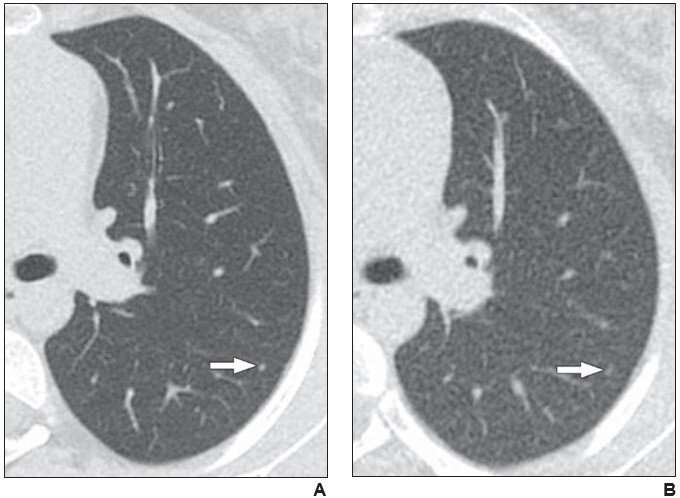Reduced vs. standard CT dose for lung nodules in children, young adults with cancer

According to ARRS’ American Journal of Roentgenology (AJR), reduced-dose CT depicts greater than 90% of lung nodules in children and young adults with cancer, identifying the presence of nodules with moderate sensitivity and high specificity.
“CT performed at 0.3 mSv mean effective dose has acceptable diagnostic performance for lung nodule detection in children and young adults and has the potential to reduce patient dose or expand CT utilization (e.g., to replace radiography in screening or monitoring protocols),” wrote corresponding author Andrew T. Trout of Cincinnati Children’s Hospital Medical Center in Ohio.
Trout and colleagues’ prospective study enrolled patients 4-21 years old with known or suspected malignancy who were undergoing clinically indicated chest CT. Study participants underwent an additional investigational reduced-dose chest CT in the same imaging encounter. Three independent radiologists blind-reviewed the separated and deidentified CT examinations, with one radiologist performing a subsequent review to match nodules between the standard- and reduced-dose examinations.
Among the 78 patients (44 male, 34 female; mean age, 15.2 years) with cancer who underwent standard-dose chest CT and reduced-dose chest CT (mean effective dose 0.3 ± 0.1 mSv, representing 83% dose reduction) in the same imaging encounter, the reduced-dose protocol detected greater than 90% of lung nodules identified on the standard-dose examination.
Source: Read Full Article
